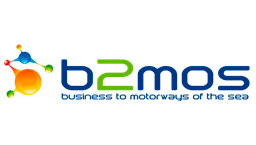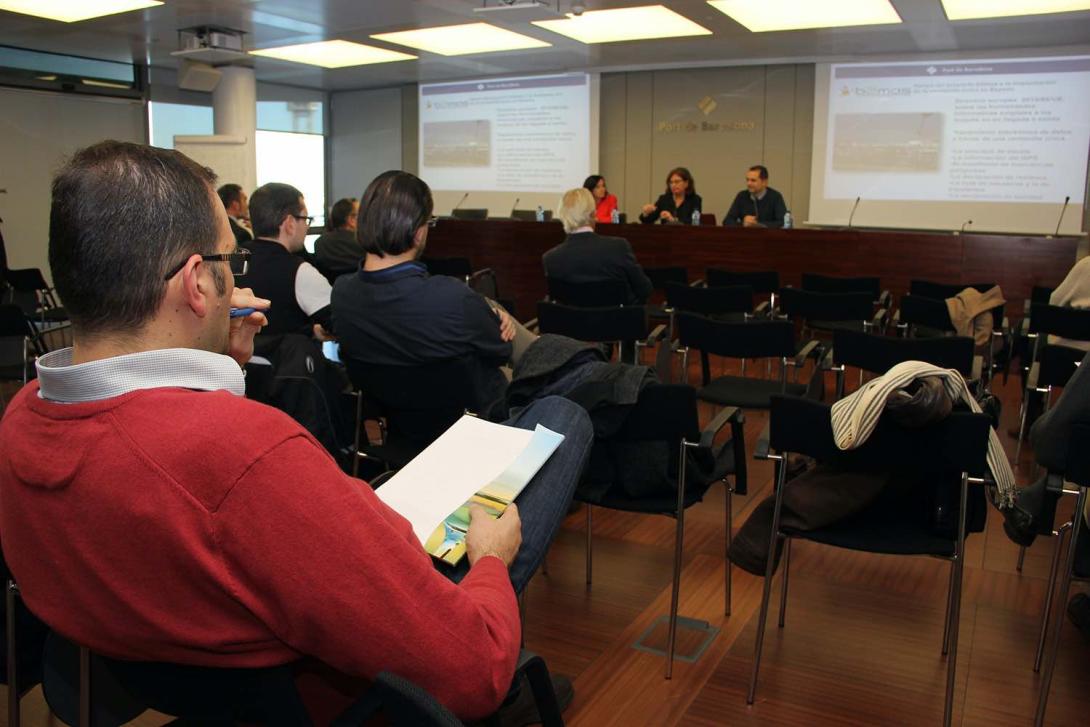
Project leader
Project partners
States involved
The project
Project to establish a European network of integrated transport chains of motorways of the sea, taking advantage of existing maritime connections and facilities, optimally connecting maritime, road and rail resources and preparing company systems for Directive 2010/65/UE.
Project objectives
- Improve the interoperability of messages and electronic systems for the exchange of transport documents.
- Improve the exchange of information between public and private organisations, fostering their cooperation to increase the efficiency of motorways of the sea.
- Prepare port management, port community systems (PCS) and the business media systems concerned, to efficiently meet the requirements of Directive 2010/65/EU.
- Promote the development of a TEN-T motorway of the sea connecting north and south of Europe and the eastern and western regions of the Mediterranean area.
- Increase European cohesion by simplifying specific administrative procedures that affect the outermost regions.
- Contribute to the reduction barriers to intra-community trade.
Results obtained
Some of the results obtained according to the B2MOS Executive Summary are:
- 14 initiatives have been analysed, developed prototypes and publicly demonstrated, the application of which offered quick benefits.
- Five studies have been carried out on how to improve interoperability in essential documents for trade and transport.
- 147 companies consulted in activity 1.
- Support has been given to maritime agencies and port authorities to efficiently comply with the requirements of Directive 2010/65/EU, and adapt to the new national single windows.
- 7 public demonstrations of the prototypes of activity 2 and of the pilots of activity 3.
- Reduction of the average waiting time that road drivers wait at border inspection posts.
- Prototyping for Port Management Information Systems, allowing users to interact with the port authority in a simple, fast, error-free way, and in an automated format; thus reducing the volume of work and associated paperwork.
- B2MoS has introduced the concept of "Virtual Lane" (Virtual Lane), which improves the exchange of information between the Motorways of the Sea terminal (MoS) and the port, creating a virtual lane, without the need to physically separate the cargo, facilitating coordination between both entities, and improving productivity and traffic safety.

Key project data
Generation of €27.05
€21 savings per container
€7.3 M net profit
70% of short sea shipping
Return in less than 2 years
2 conferences and 17 training seminars
Performed activities
The project consisted of five activities:
- Activity 1. Interoperability in the MoS Door-to-Door supply chain.
- Activity 2. Facilitation of trade and transport on MoS routes.
- Activity 3. Support for the regulation of a compliance system in MoS.
- Activity 4. Communication and Training.
- Activity 5. Management and Coordination.
Participation of the Barcelona Port Authority
The Port of Barcelona has led, within the framework of the activity 2, the following actions:
- Simplification of rail transit processes.
- Improving Customs and port control efficiency in trade flows with countries EU neighbours.
- Facilitation of customs inspection procedures in the port area.
A community effort
Six Member States have joined efforts to facilitate communication and information exchange in transport operations with multimodal supply chains, promoting the development of a network of motorways of the sea (MoS), and improving European cohesion as a result of administrative simplification and the reduction of barriers in intra-community trade.
The B2MoS Action will allow evaluating the profitability of the implementation of the prototypes designed in the project, training and outreach to port communities and develop EU standardisation and transport policy recommendations; as well as specific plans for the implementation of the different Information Technology solutions. It will promote the balanced use of IT to select the origin and destination of the routes of the motorways of the sea.



